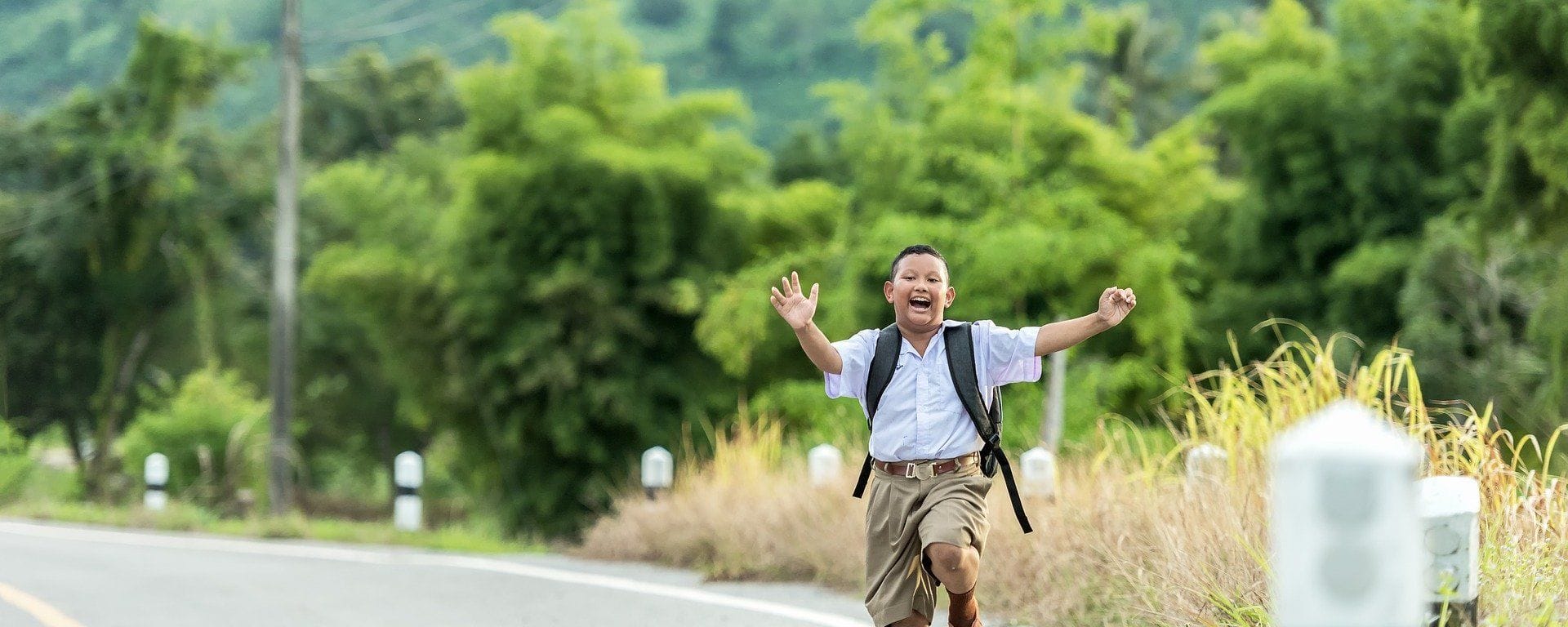With their fragile health and physique, kids need special care and attention. Making sure they’re enjoying a clean, tidy, and nurturing home environment is a great start in giving them the care they need. Yes, it’s also a must to have a comprehensive first aid kit. But above everything else, consider joining an Australia Wide first aid course to develop the skills needed to respond to your kids’ health emergencies at home.
4 Compelling Reasons Parents Should Learn First Aid Skills
First aid skills aren’t just for medical professionals. With these skills, you can save your kids’ lives in the following ways:
- Avoid getting hospitalised. Did you know that around 2 million kids below 15 years old get admitted to A&E units annually? Approximately 70% of these mortality cases are actually preventable with early interventions, such as first aid and proper nutrition. Although health emergencies need medical attention, it’s not necessary that the patient should stay in the hospital. Minor knee bruises and sprains, for example, can be managed at home if you are competent enough in reducing swelling and bandaging.
- Shorten the hospitalisation and recovery time. Your first aid skills can also be the difference between your child’s permanent disability or need for short-term care. If you’ve applied the right early intervention measures, it’s possible that your child’s recovery time will be short. First aid CPR training is essential to stay ahead of emergencies, which gives you the vital knowledge to keep your kid safe.
- Prevent medical emergencies from aggravating. With first aid training, you’ll be trained to reduce the pain, minimise the bleeding, and prevent excessive blood loss during accidents. The American Heart Association studies show that the chances of survival decrease by 10% for every minute that CPR and AED are not effectively performed. Indeed, you can prevent bad situations from aggravating while waiting for medical help.
- Raises your awareness and helps prevent accidents. The best thing you can learn from Australia Wide first aid courses and seminars is how to anticipate emergency situations. You’ll know the triggers of health concerns, as well as the situations at home that are can be potential hazards.
5 Must-Have First Aid Skills for Parents
There are actually a lot of first aid skills to learn. Learn the following skills first to respond to the most common emergencies competently:
- The 5-and-5 Approach and Heimlich Manoeuvre – Data from the Nationwide Children’s Hospital shows that choking is among the leading causes of child mortality. Choking-related deaths among kids under 4 years old usually involve toys, foods, and coins. With the Heimlich Manoeuvre, you need to stand behind the patient, place your fist between the patient’s belly button and ribcage, and give a quick upward thrust. To carry out the 5-and-5 approach, give the patient 5 back blows and 5 abdominal thrusts alternately to dislodge the food or object the kid swallowed.
- CPR and AED – Cases of smoke inhalation, near-drowning, poisoning, electrocution, and vehicular accident call for CPR and AED skills. CPR is done by giving chest compressions and rescue breaths at specific intervals until an AED and ambulance support arrive. The delivery method also depends on the patients’ age.
- Treating burns – How you treat a burn could affect how long it would take for it to heal. It also matters to know the apt ointment and dressing to use to speed up the healing.
- Responding to seizures and fits – First aid for fits and seizures is meant to ensure the patient is safe while waiting for the ambulance or for the seizure to stop.
- Nosebleeds – Kids usually experience nosebleeds due to mucus membrane irritation or nose trauma. Making the patients raise their head or lie down will only aggravate the bleeding. Instead, pinching the nostrils at the right spot could help ease the nosebleed.
Health emergencies could happen anytime. And hospitalisation and medication cost could be overwhelming. To uphold your family’s health and safety, it’s wise to be prepared. By taking up Australia wide first aid courses, you’ll learn ways to respond to health emergencies competently at home. You can minimise hospital visits, help manage pain, and provide the necessary intervention while waiting for medical attention. Most importantly, you’ll know how to tweak the design and layout of your home to avoid emergencies and health risks in the first place.







